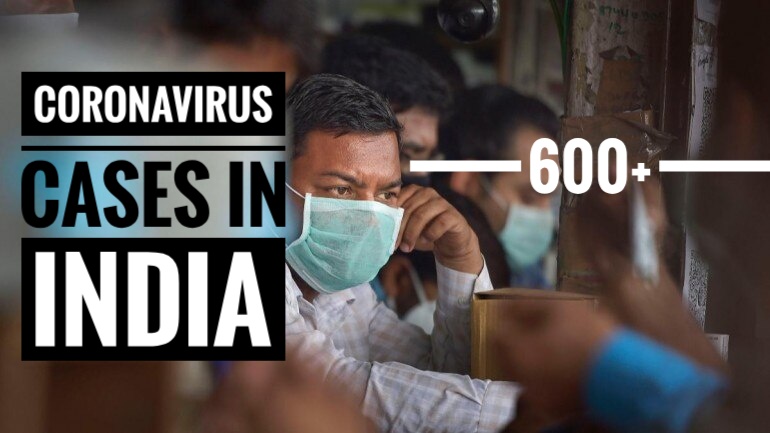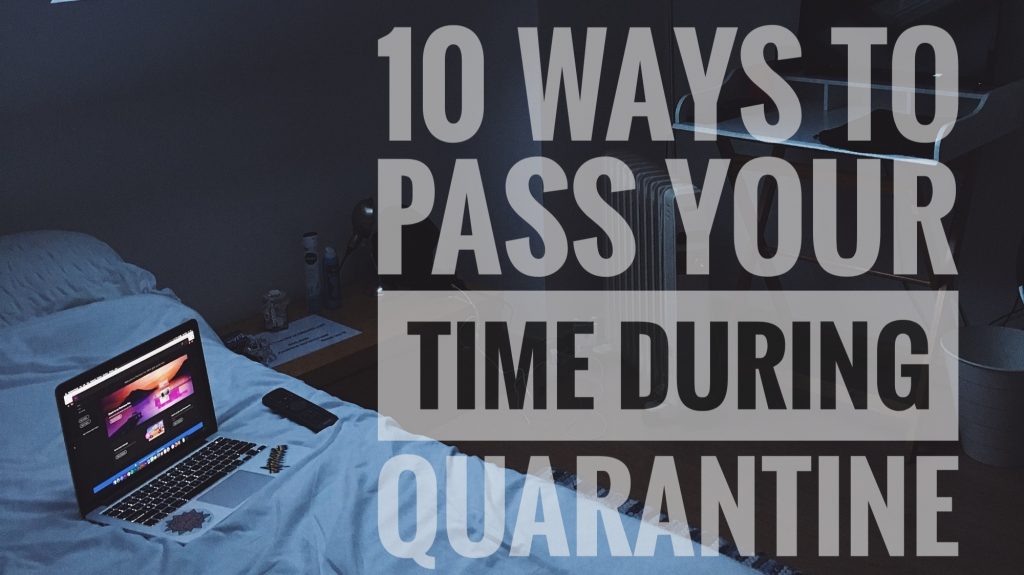India is under lockdown since three weeks and will have to continue this amid covid-19 crisis. With the unemployment rate now rushing in the wake of the lockdown, the Centre which Monitors Indian Economy guesstimate unemployment of 23.4 per cent, and 30.9 per cent in urban areas. There is no surety about sudden end to this lockdown. This lockdown should be lifted in phases keeping a balance between covid-19 and the economic crisis. Modi ji is pressurised by many CMs to extend the lockdown as situation can get worse in many states. The extension of this lockdown by many politicians is partly self-serving.
When business gets smashed barring the very well operative, they take down the opportunities of employment with them putting an end for the jobs they are currently providing. People are asking government to come up with some schemes to keep the economy alive. The financial support given to the industries by the government will prove to be useful only if the lockdown comes to an end. Any extended lockdown will bring us one step closure to the recession. This will lead to replacement of human labour with technology. The maids at our house and the car drivers, gardener and millions of such workers with flexible working hours and payment structure will be left unemployed.
The union home ministry have suggested some measures to keep the economy alive. DPIIT asked the home ministry to look for the possibilities of expanding the list of activities that arfe permitted during this lockdown.
They sorted about 12 categories of industries that should be reopened and resume the production in the first phase. PM Modi showed a sign of disapproval on this by saying that world needs to strike a balance between lives and the outside world, JAAN HAIN TOH JAHAN HAIN!
They accepted to ensure some set of rules to be taken care of,
Same entry and exit points for all the workers
Social distancing to be maintained.
High quality regular sanitisation of the premises should be done
Ensure the workers using separate transportation if there is no facility of accommodation.
The industries permitted in the first phase should be the ones ensuring the above rules and those with large production scales such as chemical industries, textiles, automobiles and electronics. They can start with 20% to 30% of the capacity in a single shift.

The DPITT letter also listed 16 sectors that could be allowed this plan. This list includes heavy electrical items like transformers and circuit vehicles, telecom equipment and components including optic fibre cable, compressor and condenser units, steel and ferrous alloy mills, spinning and ginning mills, power looms, defence and defence ancillary units, cement plants, pulp and paper units, fertiliser plants, paints and dyes manufacturing, all types of food and beverages, seeds processing units, plastic manufacturing units, automotive units, gems and jewellery sector units (big and organised) and all units in Special Economic Zones and export-oriented units.
Officials have divided each states into three zones namely, RED ZONE, ORANGE ZONE and GREEN ZONE. RED zone covers the areas which are most affected by the pandemic, ORANGE zone covers the areas which are vulnerable and have some active cases which can spread the disease and the GREEN zone which do not have any cases. The confederation of Indian Industry (CII) has advised the government to reopen industries in three phases, starting with the ones providing mass employment.
Haryana’s Chief Minister, Manohar Lal Khattar said on Saturday that he would be reopening some of the industries. He added that the small scale and medium scale factories would be allowed to reopen if they follow the norms of social distancing and have facilities for food and accommodation of the workers.

